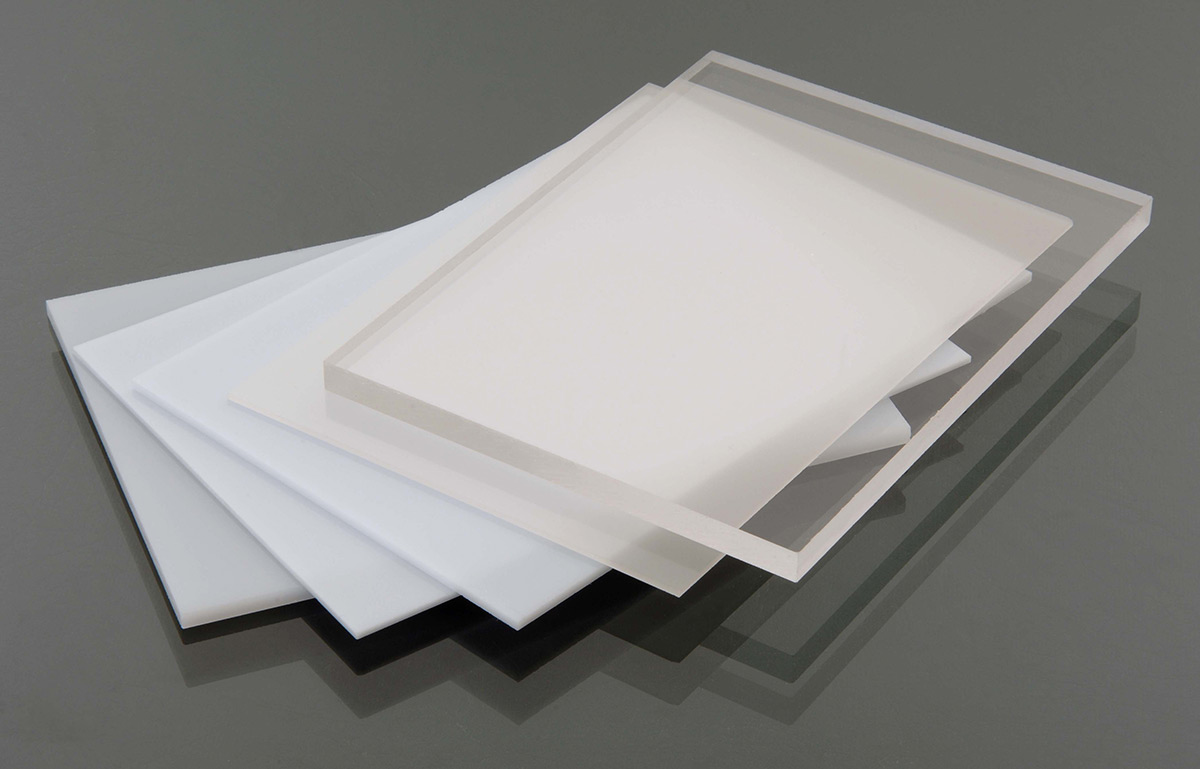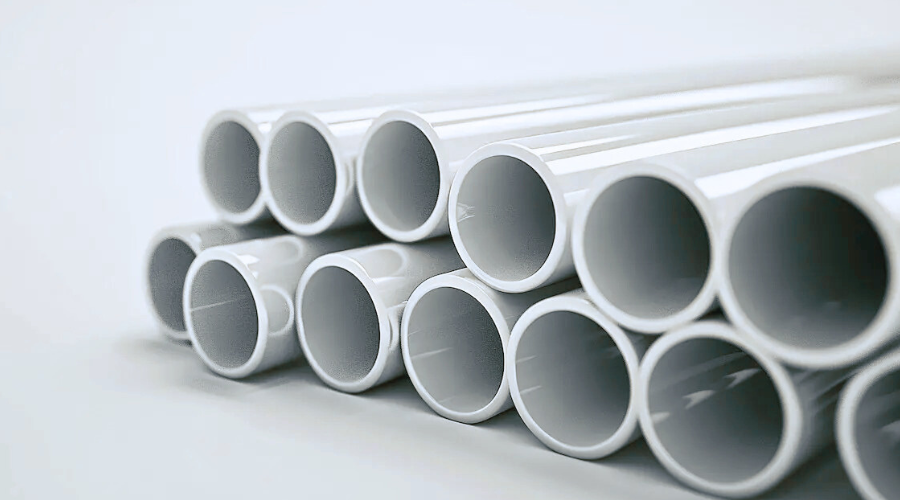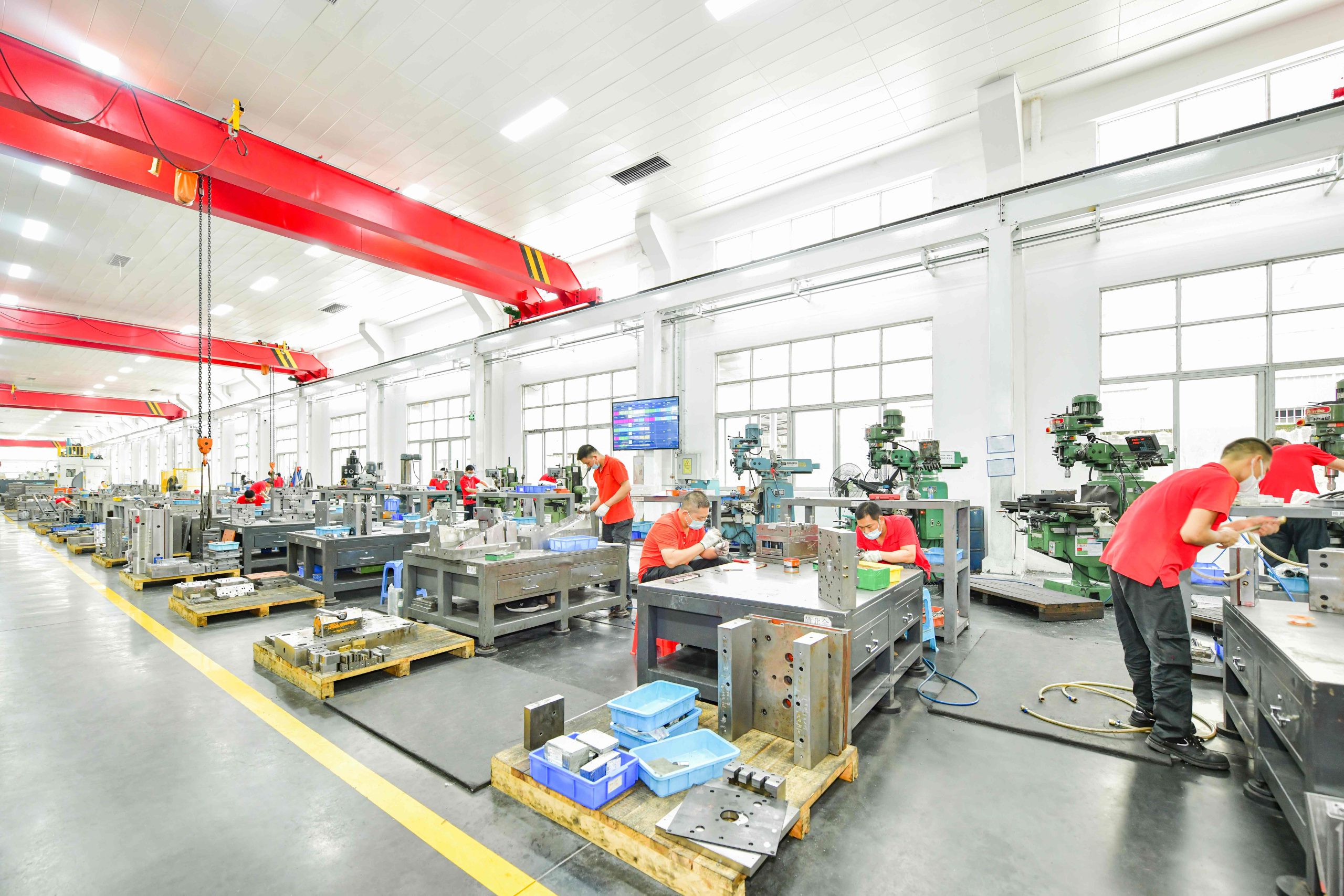
Johnny Xiong
Rapid Tooling Expert
Contents
Computer Numerical Control (CNC) machining has revolutionized modern manufacturing by combining advanced automation with precision engineering. Today, CNC machining plays a vital role in industries ranging from aerospace and automotive to medical devices and consumer electronics. But behind every finished CNC part lies a fascinating journey — a lifecycle that transforms raw stock material into a functional, high-quality component ready for use.
In this article, we’ll take a deep dive into the lifecycle of CNC machined parts, step by step, explaining what happens from the very beginning to the final product. Whether you’re a manufacturing professional, an engineer, or a buyer seeking to understand the process more clearly, this comprehensive breakdown will give you valuable insights into how CNC parts are made.
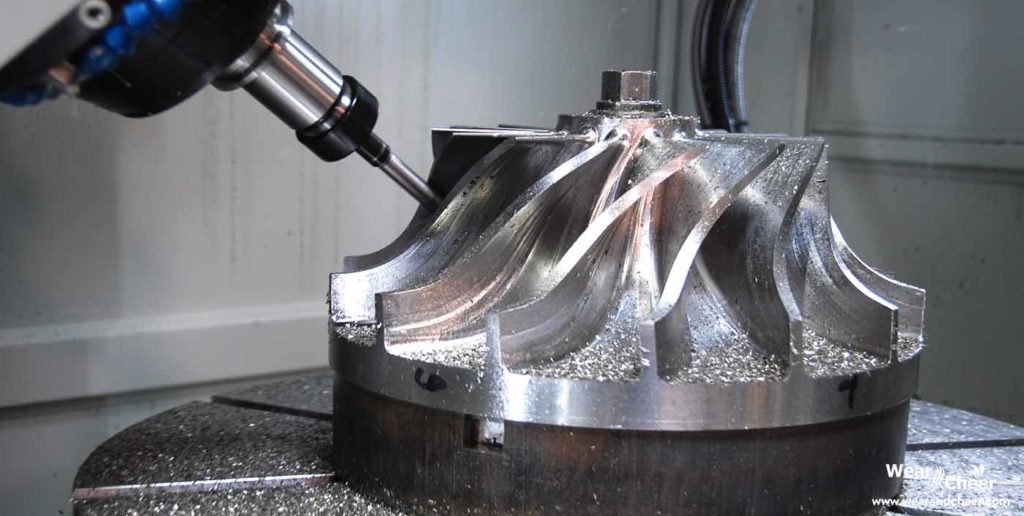
The Importance of CNC Machining in Modern Manufacturing
CNC machining stands apart because of its ability to produce highly accurate and repeatable parts at scale. Unlike manual machining, CNC relies on programmed instructions to control machine tools such as mills, lathes, routers, and grinders. This automation allows manufacturers to consistently achieve tolerances as tight as ±0.001 inches (or even tighter for specialized industries).
Key advantages of CNC Machining include:
- Precision and consistency: ideal for aerospace, medical and defense applications.
- Material versatility: compatible with metals (aluminum, steel, titanium, brass, etc.), plastics, composites, and even exotic alloys.
- Scalability: suitable for prototyping, small-batch production, and large-scale manufacturing.
- Complex geometry:capable of producing parts that traditional methods cannot achieve.
Understanding how CNC parts are made provides context for why the process delivers such exceptional results.
Step One: Selecting and Preparing Raw Materials
Every CNC part begins with raw material — often referred to ask stock. The choice of material is driven by factors such as strength requirements, weight, corrosion resistance, cost, and end-use environment.
Common CNC Materials
Metals: Aluminum, stainless steel, carbon steel, brass, titanium, magnesium, copper.
Plastics: ABS, PEEK, nylon, polycarbonate, acrylic, Delrin.
Specialty material: Inconel, ceramics, composites.
Stock Preparation
Raw stock typically comes in standard forms such as rods, bars, plates, or blocks. Before machining, the stock is inspected for defects, cleaned, and cut to approximate size. Proper preparation reduces waste, ensures machining efficiency, and helps maintain dimensional stability during the process.
Step Two: Designing the part with CAD
Once the material is chosen, the next step is designing the part using Computer-Aided Design (CAD) software. Engineers create a digital model that defines every dimension, tolerance, hole, slot, and surface finish.
Key considerations at this stage:
- Tolerance requirements - How precise must be part be?
- Geometry and complexity- Are there undercuts, pockets, or internal features?
- Material behavior- Will the material warp, shrink, or expand during machining?
- End-use performance - Must the part withstand high
CAD design ensures that the part specifications are clearly documented before production begins.
Step Three: Converting CAD to CAM
Designing is only half the story — CNC machines need detailed instructions on how to cut the part. This is where Computer-Aided Manufacturing (CAM) software comes in.
CAM translates the CAD model into toolpaths (precise cutting routes) and generates G-code, the language that CNC machines understand.
CAM Programming Includes:
Tool selection (e.g., end mills, drills, reamers, inserts).
Cutting speeds and feeds.
Machining strategies (contouring, pocketing, drilling, boring, threading).
Optimization for efficiency and minimal tool wear.
The programmer ensures the machining process balances speed, quality, and cost-effectiveness.
Step Four: CNC Machine Setup
Before actual machining begins, operators prepare the machine:
Fixture setup: Securing the stock material using vises, clamps, or custom jigs. Proper fixturing is critical to avoid vibration and ensure accuracy.
Tool setup: Installing cutting tools in the machine spindle and tool magazine. Each tool must be measured and calibrated.
Calibration: Zeroing the machine to establish the starting reference point (the “origin”).
Coolant and lubrication: Setting up coolant flow to manager heat and chip removal.
Skilled machinists ensure everything is aligned and ready, reducing the risk of errors during machining.
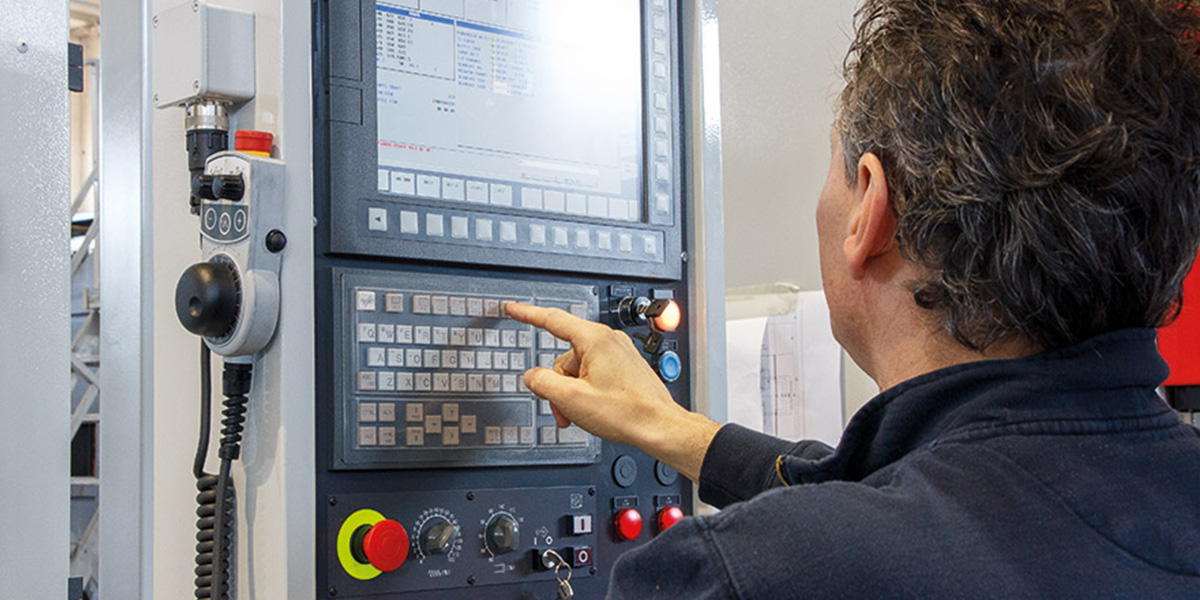
Step Five: The Machining Process
Now the magic begins — the actual cutting, drilling, turning, or milling of the part. Depending on the design, multiple machining operations may be required.
CNC Machining Operations
Milling - Removing material with rotating cutters to create slots, holes, and contours.
Turning - Rotating the workpiece on a lathe while cutting tools shape its surface (ideal for cylindrical parts).
Drilling & Boring - Creating holes and refining them to precise diameters.
Grinding - Achieving fine surface finishes and ultra-tight tolerances.
EDM (Electrical Discharge Machining) - For extremely hard materials and intricate details.
5-Axis Machining - Complex geometries requiring multiple simultaneous cutting angles.
Each operation may be performed sequentially, depending on the complexity of the part.
Step Six: Quality Control and Inspection
CNC machining doesn’t stop once the part is cut. Precision components undergo rigorous quality control (QC) to ensure they meet specifications.
Inspection Methods
- Calipers and micrometers - For basic dimensional checks.
- CMM ( Coordinate Measuring Machines) - For 3D measurements of complex geometries.
- Surface roughness testers -To verify required finishes.
- Non-destructive testing (NDT) - Such as ultrasonic or X-ray inspections for aerospace or medical parts.
QC ensures the part is not just visually correct but functionally reliable.
Step Seven: Post-Processing and Finishing
After machining and inspection, many CNC parts undergo secondary processes to enhance performance, durability, or aesthetics.
Common Post-Processing Methods
- Deburring:Removing sharp edges and burrs.
- Heat treatment:Improving hardness, strength, or stress resistance.
- Surface finishing: Sandblasting, polishing, or grinding for smoothness.
- Coating and plating: Anodizing aluminum, zinc plating steel, or applying powder coatings for corrosion resistance.
- Marking and engraving:Adding part numbers, logos, or serial codes.
These steps prepare the part for real-world application and compliance with industry standards.
Step Eight: Assembly and Integration
In many cases, CNC parts are components of a large product. Once machining and finishing are complete, parts may be assembled with fasteners, adhesives, or welding into subassemblies or final products.
For example:
Automotive: Engine components assembled into full engines.
Medical devices: CNC-machined surgical tools paired with plastic housings.
Electronics: Machined heatsinks integrated into PCB assemblies.
The true value of CNC machining emerges here — precise parts that fit together seamlessly.
Step Nine: Packaging and Delivery
Finally, completed CNC parts are cleaned, packaged, and prepared for shipment. Packaging must protect against corrosion, impact, and contamination. High-value parts often include documentation such as Certificates of Conformance (CoC)or Material Test Reports (MTRs) to verify compliance with customer requirements.
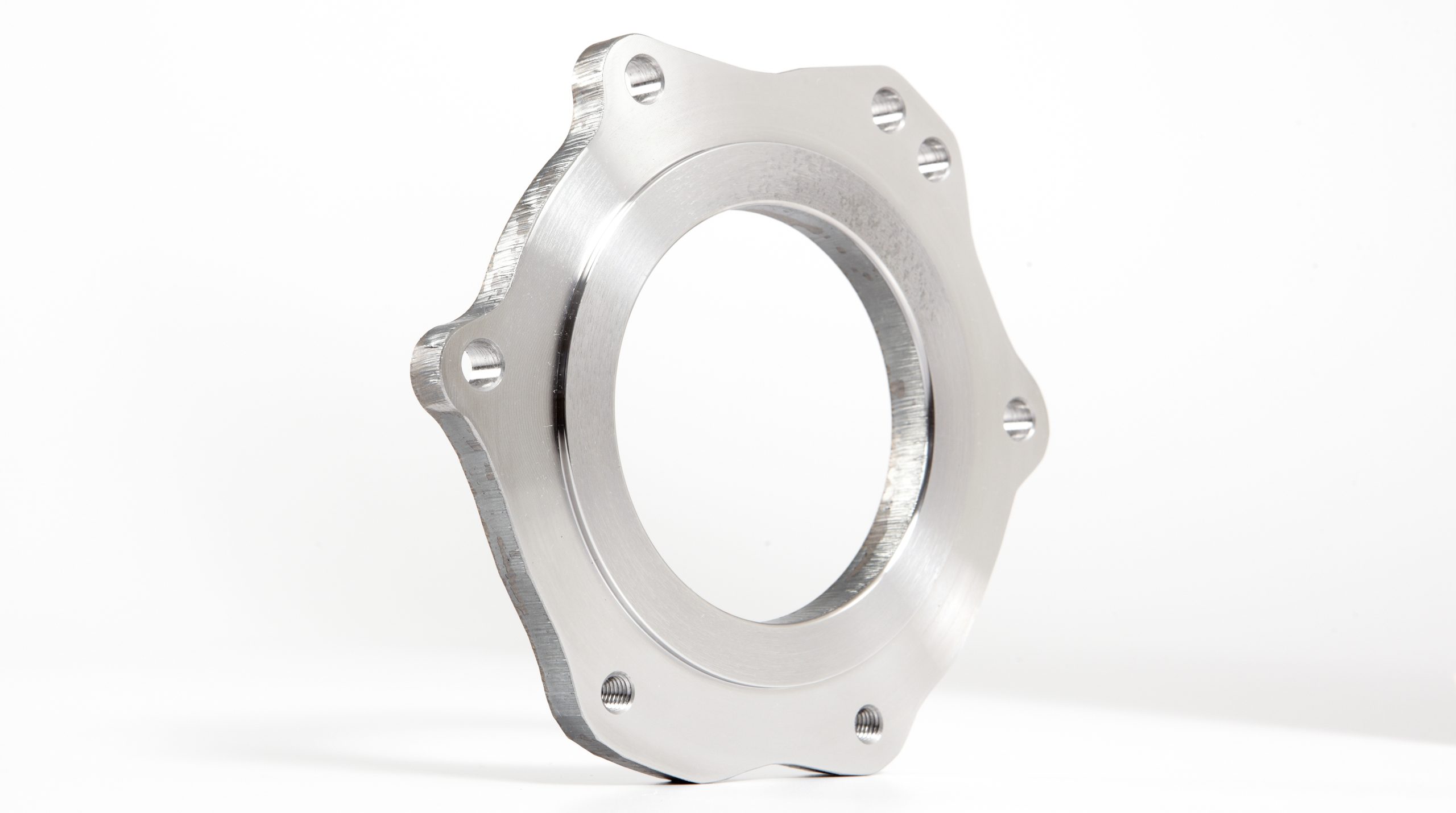
The Lifecycle at a Glance
To summarize, the lifecycle of CNC parts involves:
- Material selection and preparation
- CAD design
- CAM programming
- Machine setup
- Machining operations
- Quality control
- Post-processing
- Assembly / integration
- Packaging and delivery
Each stage require expertise, precision, and collaboration to ensure the final product meets the customer’s expectations.
Why Understanding the Lifecycle Matters
For engineers, buyers, and end-users, knowing the lifecycle of CNC parts provides several benefits:
Better communication with suppliers: Clear understanding of processes reduces misinterpretations.
Informed decision-making: Choosing the right material, tolerance, or finish for your application.
Cost efficiency: Understanding how design choices impact machining time and cost.
Reliability: Confidence that your parts meet the required standards.
In a world where product performance and safety depend on precision, CNC machining remains a cornerstone of manufacturing excellence.
About HordRT
At HordRT, we specialize in delivering high-quality CNC machining services to global clients across industries such as automotive, aerospace, electronics, and medical devices. With advanced CNC equipment, skilled engineers, and strict quality control systems, we manage the entire lifecycle of CNC parts — from raw material selection to finished product.
Our strengths include:
Comprehensive machining capabilities: 3-axis, 4-axis, and 5-axis CNC milling, turning, EDM, and grinding.
- Material expertise: From standard metals and plastics to exotic alloys and composites.
- Quality assurance:ISO-certified processes, CMM inspection, and full traceablity.
- Flexible production:Rapid prototyping, small batches, and mass production.
- Global reach:Reliable shipping and support for international clients.
Whether you need a single prototype or thousands of precision components, we provide cost-effective, timely, and high-quality solutions tailored to your needs.
Contact us today to learn how we can support your next CNC machining project and deliver products that meet the highest standards of performance and reliability.
-q4gvl4k29y4hq8j9rjpapvj0ft06fje63olt7p210i.png)
